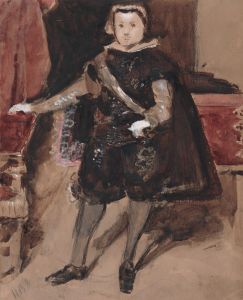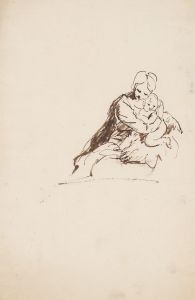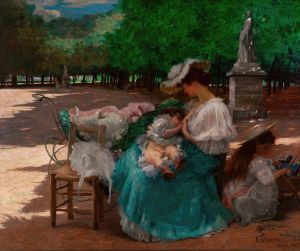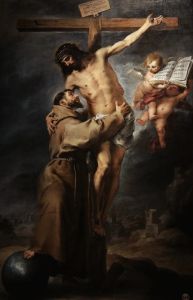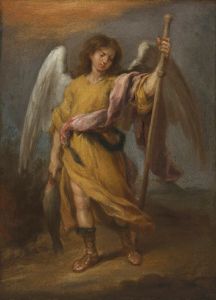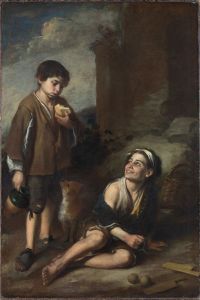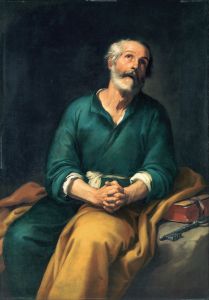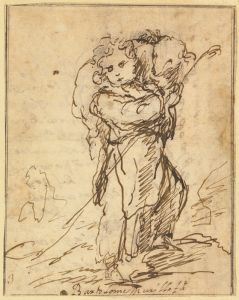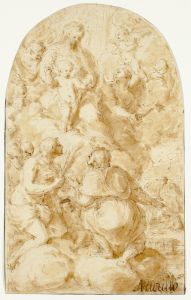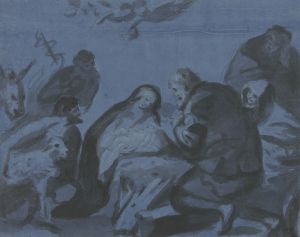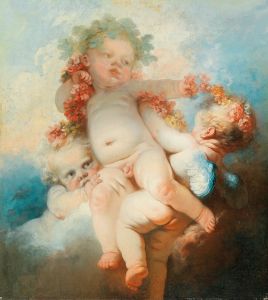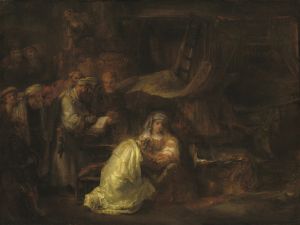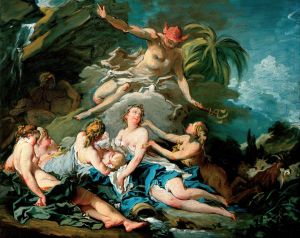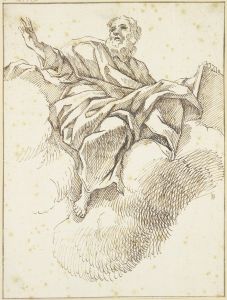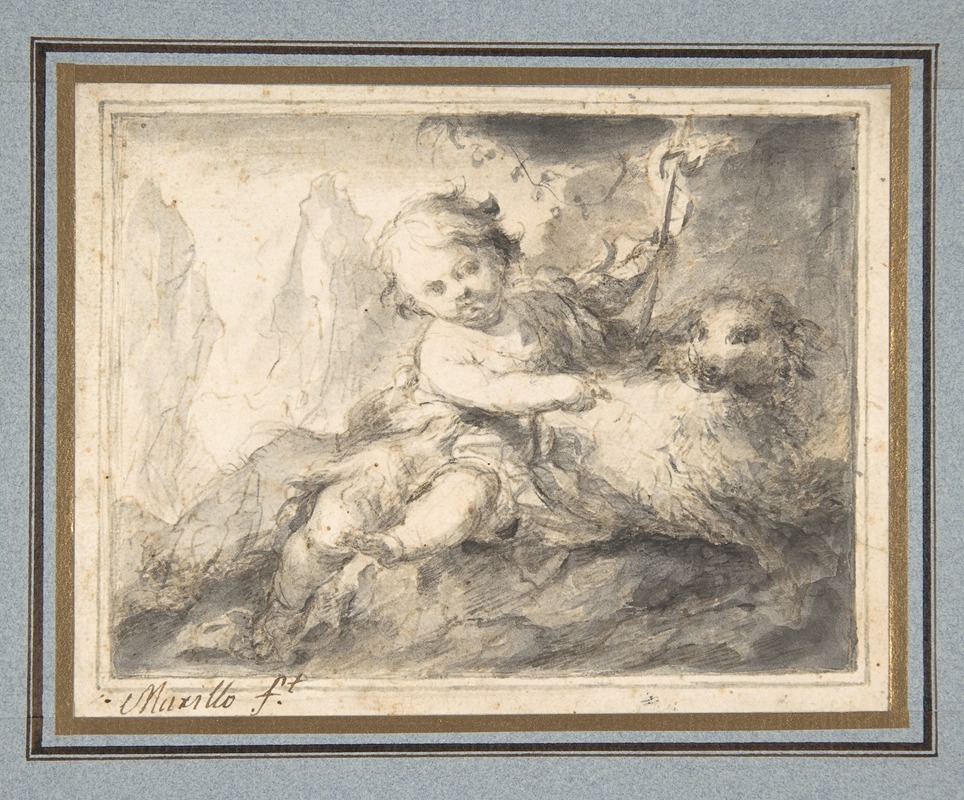
The Infant St. John the Baptist
A hand-painted replica of Bartolomé Estebán Murillo’s masterpiece The Infant St. John the Baptist, meticulously crafted by professional artists to capture the true essence of the original. Each piece is created with museum-quality canvas and rare mineral pigments, carefully painted by experienced artists with delicate brushstrokes and rich, layered colors to perfectly recreate the texture of the original artwork. Unlike machine-printed reproductions, this hand-painted version brings the painting to life, infused with the artist’s emotions and skill in every stroke. Whether for personal collection or home decoration, it instantly elevates the artistic atmosphere of any space.
Bartolomé Estebán Murillo, a prominent Spanish Baroque painter, is renowned for his religious works, genre paintings, and portraits. Among his notable works is "The Infant St. John the Baptist," a painting that exemplifies Murillo's skill in capturing religious themes with warmth and humanity.
"The Infant St. John the Baptist" is a depiction of St. John the Baptist as a child, a subject that Murillo approached with his characteristic tenderness and attention to detail. This painting reflects Murillo's ability to infuse his religious subjects with a sense of realism and approachability, making them relatable to the viewer. The work is believed to have been created in the latter half of the 17th century, a period when Murillo was at the height of his artistic career.
In this painting, Murillo portrays the young St. John the Baptist in a serene and contemplative manner. The child is often depicted with traditional iconographic elements associated with St. John, such as a lamb, which symbolizes his role as the precursor to Christ and his recognition of Jesus as the "Lamb of God." The setting is typically pastoral, emphasizing the simplicity and innocence of the child. Murillo's use of soft, diffused lighting and gentle color palettes enhances the tender and intimate atmosphere of the scene.
Murillo's technique in "The Infant St. John the Baptist" showcases his mastery of chiaroscuro, the use of strong contrasts between light and dark to achieve a sense of volume and three-dimensionality. This technique allows Murillo to create a lifelike representation of the child, with delicate features and a soft expression that convey both innocence and a sense of spiritual depth. The textures of the child's skin, hair, and clothing are rendered with meticulous detail, demonstrating Murillo's keen observational skills and his ability to translate them into his art.
The painting is also notable for its emotional resonance. Murillo had a unique talent for capturing the humanity of his subjects, and in "The Infant St. John the Baptist," he imbues the young saint with a sense of gentle introspection. This emotional depth is a hallmark of Murillo's work and contributes to the enduring appeal of his paintings.
Murillo's religious paintings, including "The Infant St. John the Baptist," were highly sought after during his lifetime and continue to be celebrated for their beauty and spiritual significance. His works were commissioned by churches, religious institutions, and private collectors, reflecting the widespread admiration for his artistic vision and technical prowess.
Today, Murillo's paintings are held in high regard and can be found in major art collections and museums around the world. "The Infant St. John the Baptist" is a testament to Murillo's enduring legacy as one of the foremost painters of the Spanish Baroque period. His ability to convey the divine through the depiction of everyday human experiences has left a lasting impact on the art world, and his works continue to inspire and captivate audiences centuries after their creation.





